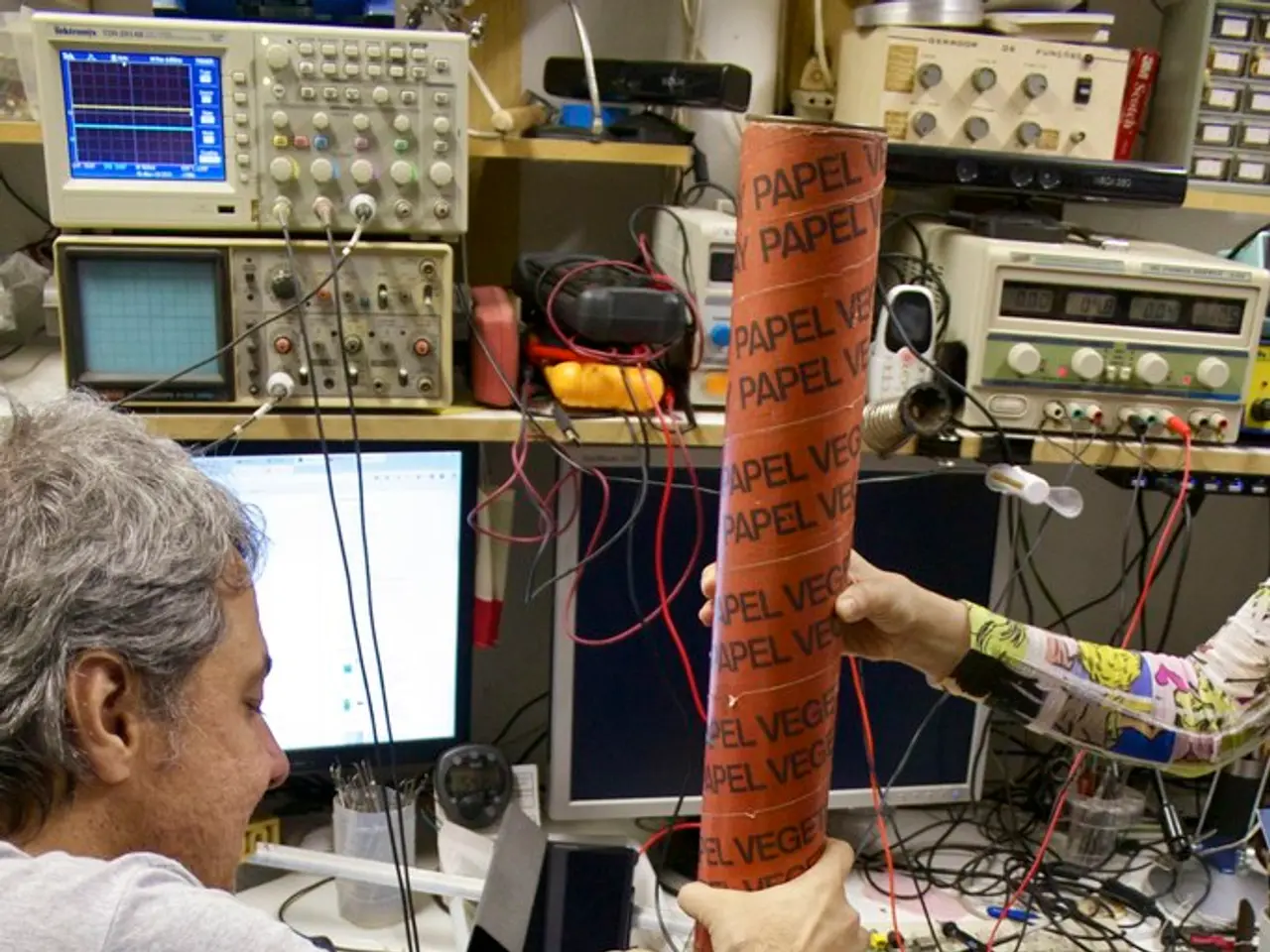Investigative Report: Development of a Sturdy Flexible Video Circuit Board
Rigid-flex video processor boards are making significant strides in various sectors that demand compact, reliable, and high-speed video processing. These boards are finding their way into medical imaging, road traffic monitoring, automatic vehicle guidance, and automatic optical inspection (AOI) systems, among others.
In the realm of medical imaging, rigid-flex PCBs support complex sensor integration and miniaturized designs essential for medical devices. Their high-speed video data transfer with low noise and high signal integrity is crucial for accurate image processing in diagnostic equipment such as CCD- or CMOS-based medical cameras. The reliability and compactness of these boards make them ideal for rugged medical environments.
For road traffic monitoring, rigid-flex boards efficiently handle multiple high-speed video inputs from cameras monitoring traffic conditions. Their compact and flexible design facilitates installation in constrained vehicular or roadside environments while maintaining signal clarity for real-time video analysis.
In the field of automatic vehicle guidance, rigid-flex PCBs are well-suited to automotive applications involving image sensors for Advanced Driver Assistance Systems (ADAS) and autonomous navigation. They support integration of sensors on flexible sections for dynamic mounting and maintain high-frequency, low-loss signal transmission required for real-time video processing.
Automatic Optical Inspection (AOI) systems rely on precise video data for defect detection in manufacturing. Rigid-flex boards enable high-density component placement and robust high-speed data transfer, ensuring compact and reliable inspection modules that can endure repeated mechanical movement and vibrations.
Sierra Circuits, a renowned name in PCB design, is at the forefront of delivering high-performance and quality rigid-flex boards. Their design team, with extensive experience in PCB design, particularly with rigid-flex boards, collaborates with their DFM team to evaluate routing requirements for specific designs. They offer a design guide to learn about bend radius calculation, controlled impedance for flex, and other important design techniques.
Downloading Sierra Circuits' design guide can provide valuable insights into these design techniques for rigid-flex boards. It is essential reading for anyone involved in the design and manufacturing of these versatile boards.
In addition to their use in video processing, medical flex PCBs are used in various medical imaging technologies, including X-ray, ultrasonography, MRI, endoscopy, CT scan, and more.
Lastly, understanding the importance of IPC design guidelines in the rigid-flex board design process is crucial. Reading the blog "IPC-2223 standards and design violations for rigid-flex boards" can help shed light on this aspect.
In summary, the key advantages of rigid-flex video processor boards—such as high-density integration, flexibility for movable sensor placement, excellent signal integrity, compactness, and durability—make them ideal for advanced video processing tasks across these sectors.
Data-and-cloud-computing technologies can leverage the high-speed, low-noise, and precise video data transfer capabilities of rigid-flex boards for real-time video analysis and processing in applications like traffic monitoring, medical imaging, vehicle guidance, or automatic optical inspection.
Furthermore, Sierras Circuits' design guide and understanding IPC design guidelines are valuable resources for optimizing the performance and reliability of rigid-flex PCBs in diverse sectors, including medical, automotive, and manufacturing industries.




